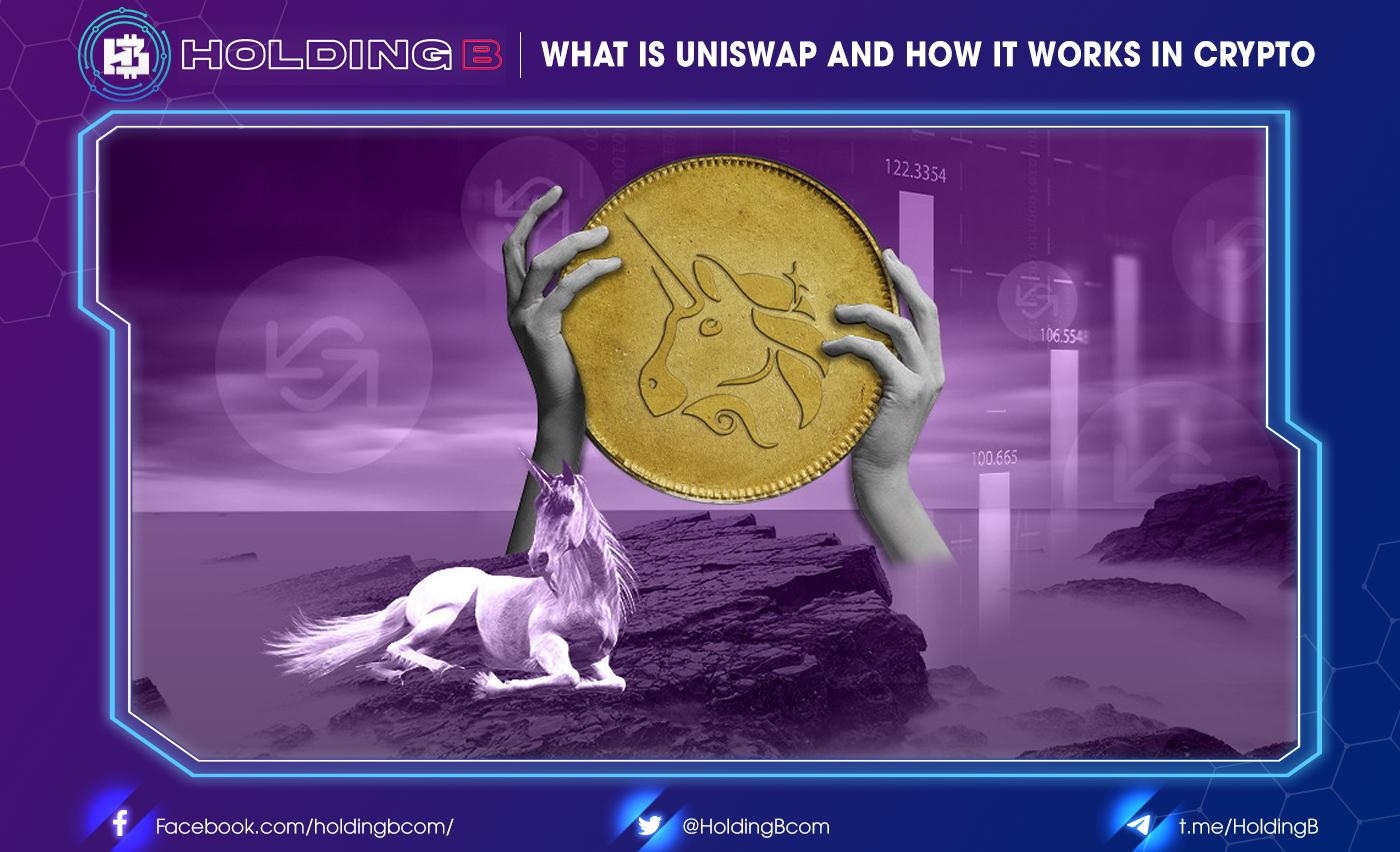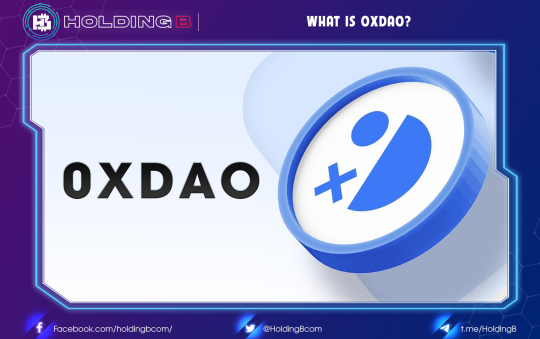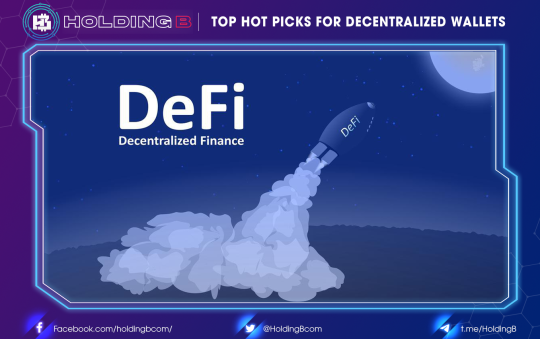
What is UniSwap?
It is a decentralized exchange protocol running on the Ethereum blockchain that can enable peer-to-peer (P2P) cryptocurrency trading.
P2P transactions on a decentralized exchange protocol do not require any centralized intermediaries or order books. In contrast, Uniswap DEX promotes a liquidity pool model featuring automated smart contracts. Potential traders can access various user-funded reserves of tokens to leverage the primary source of market liquidity.
Any individual can list tokens on the DEX platform, swap tokens, or even contribute tokens to liquidity pools to earn fees. Uniswap’s platform on Ethereum also ensures flexibility for the exchange of ERC-20 tokens on the platform. The biggest highlight of the world’s largest DEX is the lack of listing fees for a single token. This is definitely an interesting improvement over conventional centralized exchanges.
The main Highlights of UniSwap
Developed by an independent developer in 2018, Uniswap has successfully raised more than 10 million USD from different seed rounds. Here are some of its highlights:
- The total locked or TVL value of assets in the world’s largest DEX platform is over 6 billion USD.
- The platform has over 72,000 liquidity providers.
- Most importantly, the all-time Uniswap exchange volume has exceeded 302 billion USD.
- The world’s largest DEX platform has facilitated over 58 million transactions.
- The Uniswap exchange also has over 200 DeFi integrations.
What problem does UniSwap solve?
Conventional markets rely on an order book model to facilitate trading, and centralized cryptocurrency exchanges follow a similar model. The order book maintains open buy and sell orders for any given asset on an exchange. In cases where there is a large gap between the prices that sellers are willing to agree to and those buyers are willing to pay, reduced trading activity can profoundly reduce liquidity.
As a result, holding assets for longer can make it difficult to sell them. The Uniswap decentralized exchange’s liquidity pools reduce the difference between a seller’s and a buyer’s market orders. Liquidity pools in the DEX protocol can help develop a huge collection of assets to trade, which then helps resolve potential problems with market liquidity. Most importantly, the world’s largest DEX uses an innovative Automated Market Maker or AMM algorithm to improve functionality.
Work in UniSwap
It depends on two different types of smart contracts. The two smart contracts involved in the operation of the DEX protocol are called the “Exchange” contract and the “Factory” contract.
Contracts are essentially autonomous computer programs embedded with code to perform specific actions when predefined conditions are met. It is important to note that the “Factory” contract adds new tokens to the platform. On the other hand, the “Exchange” contract in Uniswap allows all token transactions. The most important aspect driving the world’s largest decentralized cryptocurrency exchange is the AMM protocol, which you can also call the auto-liquidation protocol.
- Automated Market Generator
The key driving force behind the Uniswap DEX protocol is Automated Market Creation Technology, or AMM. It is basically a smart contract used to manage liquidity pools that provide tokens used to facilitate transactions. The AMM algorithm helps to determine the effective price of a token according to the interaction between token supply and demand in liquidity pools.
As an automated liquidity protocol, the AMM smart contract provides incentives for everyone on the exchange to assume the role of a liquidity provider. Users on Uniswap pool their funds to create a fund that they can use for transactions on the platform. It is important to note that each of the listed tokens has a corresponding liquidity pool to which users can contribute. The AMM protocol helps to determine the price of tokens for trade according to a mathematical equation.
- Determine the price of the token
The Market Maker system automatically adjusts the price of an asset on the basis of supply and demand using a common mathematical equation. The mathematical equation works by adjusting the price of the coin in proportion to the number of tokens in the respective pools.
When users need to add new ERC-20 tokens to the Uniswap decentralized exchange, they can start a liquidity pool. To do that, the user must add a specific amount of the selected ERC-20 token as well as a similar amount of another ERC-20 token. The price of the tokens is determined by the “Constant Product Formula,” which is, “x * y = k.”
For example, if you have an ETH/DAI liquidity pool, you can assume “x” is the total value of ETH and “y” is the total value of DAI in the liquidity pool. The product of two numbers provides the overall liquidity of the trading pair, represented by “k” in the formula.
UniSwap Administration
UNI is the native governance token for the world’s largest DEX platform and is focused on empowering computer participation in governance. Uniswap token holders will diversify and exercise their privileges in managing the platform.
UNI token holders have the privilege of voting on developments in the Uniswap project, which will determine the future of the platform. Furthermore, UNI tokens can also serve other functions such as funding liquidity pools, partnerships, and funding. You can also use Uniswap tokens to support many other growth-oriented initiatives that improve the usability of the platform.
In keeping with the trend of token distribution in the DeFi scene, Uniswap also performed an airdrop. The platform distributed 400 UNI tokens to individuals who used the Uniswap exchange. Also, it is important to note that the Uniswap token is not just a governance token. Investors can also choose to trade the token on exchanges and treat it as a speculative investment instrument.
See ya in the next article !
Don’t forget to follow useful articles about Crypto Market from team Holding B !!!
- Telegram Channel: https://t.me/HoldingBcom
- Telegram Group: https://t.me/HoldingB
- Website: https://holdingb.com/
- Twitter: https://twitter.com/HoldingBcom
- Facebook: https://www.facebook.com/holdingbcom





